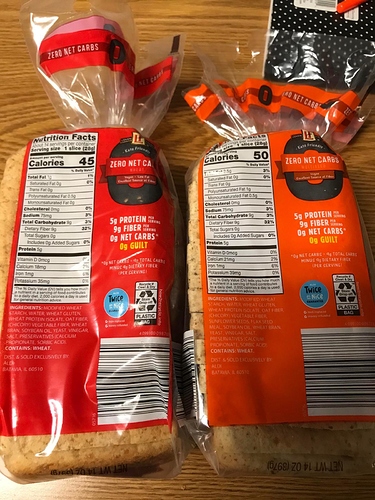No, it’s informative for 100g and as we see here, very misleading for a tiny portion.
But to me, portions doesn’t make sense to begin with. My portions are surely different from other people’s portions. 250g bread is a decent amount for my SO, he couldn’t eat 20g or 100g, that’s nothing.
After ages on low-carb, sometimes I am able to eat a tiny slice but I still want to know the carb content! If it’s 0.9g net carbs, it’s NOT zero. Carbs get added up. Especially if I want multiple slices… People tend to do that (many sandwiches have 2 slices… 1.9g net carbs or 0? there IS a difference). I rarely eat bread but when I do, it’s not 40-50 kcal.
It’s fine to have numbers for a portion, especially in this case where there are slices already but I want it for 100g too, without stupid rounding down. It makes sense, it’s important information…


